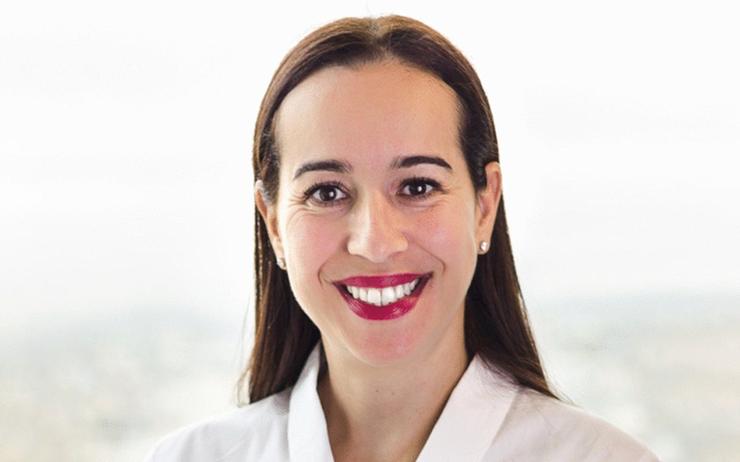
Sophie Ben Sadia (Equinix)
In Equinix’s last earnings call, the Asia Pacific (APAC) region posted US$387 million in revenue, accounting for 20 per cent of the data centre provider’s overall sales figures.
According to its APAC vice president of partner sales, Sophie Ben Sadia, the channel played a critical role in the region’s growth as Equinix globally targets a lofty goal of 50 per cent partner sales.
Sitting currently at 40 per cent sales, Ben Sadia told ARN that Equinix’s recent interest in channel acceleration stemmed from a number of factors, including its 2020 acquisition of automation platform Packet.
“There are a lot of competing events that made Equinix accelerate in the channel,” she explained. “We wanted to enrich our portfolio over the last two to three years. Our acquisition of Packet gave us a huge new portfolio of digital solutions.
“According to IDC, by 2025, 80 per cent of digital leaders will be seeing the impact of connecting to multiple ecosystems, including their value to end-users. Equinix was mature enough to make this shift and grab these opportunities for our partners from this big digital transformation.”
A year after the acquisition of Packet, Equinix appointed its first-ever global channel chief, Jules Johnston, who was promoted from vice president of Americas partner sales.
Shortly after, Ben Sadia joined Equinix as its APAC channel lead, bringing with her 20 years of direct and indirect channel sales from Europe and Asia.
Most recently serving as Schneider Electric’s VP of channel alliances for edge computing, Ben Sadia said she was attracted to Equinix’s new channel-focused direction.
“It was very interesting for me to see Equinix move to this channel-centric model,” she said. “The goal of 50 per cent channel booking is quite ambitious. One of the big drivers around digital transformations calls for a more complex ecosystem of partners.
“We have created the largest and most active global ecosystem of about 10,000 companies, including thousands of IT networks and cloud service providers. Therefore, we need to have a different type of channel profile. So, we need many highly skilled professionals, dedicated to the support of partner sales and marketing.
Although Equinix does not share APAC-specific partner numbers or channel sales, she reiterated that APAC partners performed “very well” as of its last earnings call ending 30 June 2022. As a result, Ben Sadia is hoping to put “incremental” resources into the APAC channel.
“To continue to increase quarter after quarter, we have developed a new portal to give partners access to resources, such as a demand centre for any marketing asset,” she added. “This is important for helping us execute our channel ambition of 50 per cent partner sales.”
First launched in 2015, Equinix’s partner program follows the familiar template of other vendors, including tiers of silver, gold and platinum, each of which receives specific targets and benefits.
Broken down further, the partner program is split into three key partner groups. These are platform and technology partners, who deliver integrated solutions alongside Equinix; resellers, systems integrators, managed service providers and some telecommunications providers. The final group consists of sales agents and consultants.
According to Ben Sadia, a lot of Equinix’s current partner-targeted investment is directed at their own products rather than just simply go-to-market routes.
“Previously, a lot of our products were developed for end-users,” she explained. “But now we have a fully partner-first approach to developing products; this includes launching a standard API [application programming interface], which is very important for partners to bring integrated solutions and value-add.
In Australia, notably, much investment has been made in constructing new data centres for Equinix.
At the end of last year, Equinix launched its third International Business Exchange (IBX) data centre facility in Perth following a $71-million investment.
Meanwhile, just three months ago, the company completed a $23 million expansion of its second Melbourne data centre, adding 500 new cabinets.
The provider’s M2 site in Port Melbourne now has 1,500 cabinets in total and a colocation space of more than 4,070 square metres.
“With our co-location services and other services, what our partners are looking for on top of this is all our digital services,” Ben Sadia explained. “These include metal, and network edge; this is very compelling for partners looking to work with different architectures. Partners were previously attracted to our space, but now they are becoming more attracted by our digital services.
“Partners come to us because we have a global footprint; we work with all the hyperscalers and have a very neutral position with them and we have a very rich, diverse ecosystem of partners across the globe.
"Finally, we have interconnection capabilities; you can leverage our platform wherever you are in the world,” she added.




